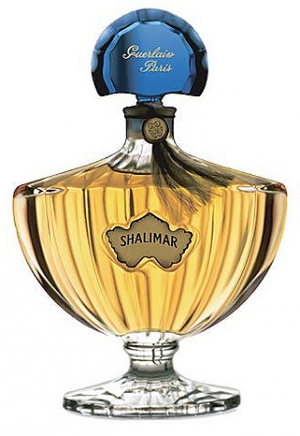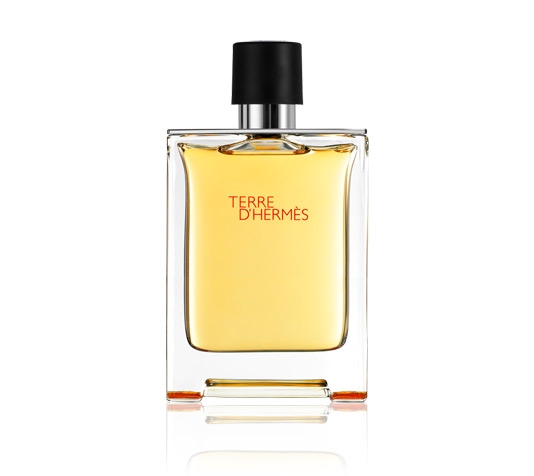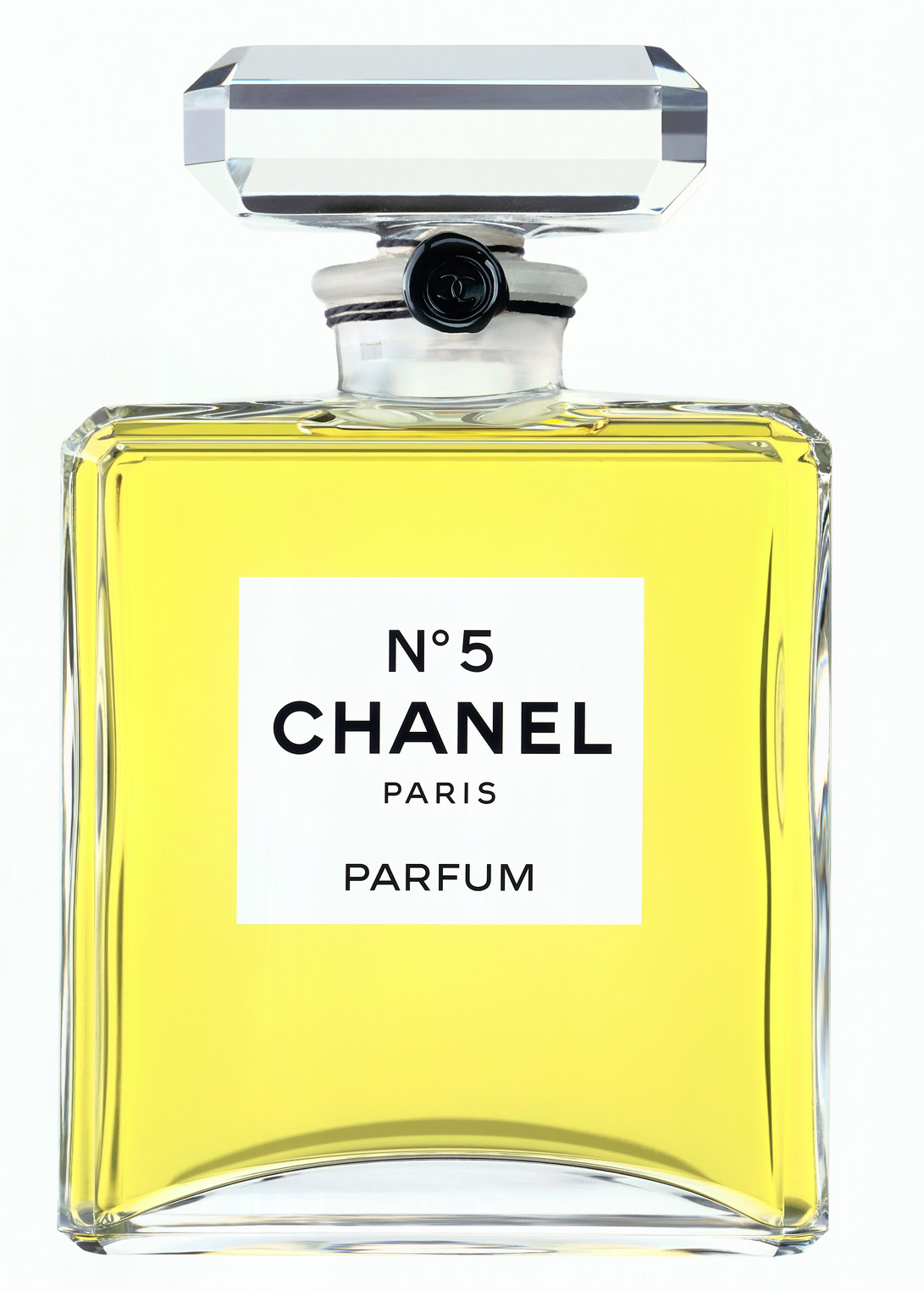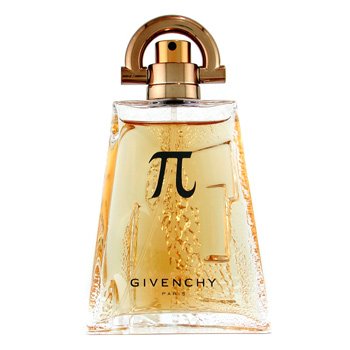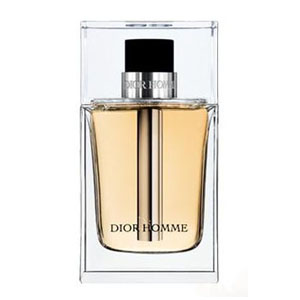What Becomes A Modern Men's Classic?
November 1, 2011
Disclaimer: The views and opinions expressed herein are solely those of the author and/or guest contributors and do not necessarily state or reflect those of
The Perfume Magazine LLC, Raphaella Brescia Barkley or Mark David Boberick.
All content included on this site, such as text, graphics, logos, icons, videos and images is the property of The Perfume Magazine, LLC. or its content suppliers and protected by United States and international copyright laws. The compilation of all content on this site is the exclusive property of The Perfume Magazine, LLC. and protected by U.S. and international copyright laws.
The Perfume Magazine Banner was designed exclusively by GIRVIN and is the property of The Perfume Magazine, LLC. and are protected by U.S.and international copyright laws. Additional Banner information can be found on our ABOUT page.
All images appearing in the banner are registered trademarks of their respected company and are used with permission.
© Copyright. 2011. All Rights Reserved. The Perfume Magazine LLC
By Mark David Boberick
Co-Founder, creator and artist of A Dozen Roses, Sandy Cataldo, signing bottles
Can a fragrance be released in this market and still attain legendary status?
Consider, if you will, this multi-billion dollar question:
If Guerlain Shalimar or Chanel No. 5 were released today, would they go on to become the legendary perfumes that they are right now?
Of course, no one knows. You see, Shalimar (1925) and No. 5 (1921) are remnants from an age when the world didn’t see over 1000 new fragrances released in a year. In the 1920s, when a new perfume was released, it practically made headlines. So how can a new fragrance of today ever approach the success of legendary perfumes? If the Fragrance Industry had an answer to that question, they would be churning out legend after legend.
When you examine classic fragrances, especially those that are still on the market, you begin to see a pattern emerging. Classic fragrances are legends in their own right because they each represent a giant leap of faith taken by the fragrance house and the perfumer. Chanel No. 5 is widely recognized as the mother of all aldehydes and Shalimar practically re-invented the Oriental category.
Neither were actually the first of their genre, yet both are still on the market. And in this age of more is more, despite over 1000 new launches each year, they remain 2 of the most successful selling fragrances on the market, year after year.
But can a fragrance be released in this market and still attain legendary status? What becomes a Modern Classic? Switching to the Masculine Genre, let us examine 3 fragrances released in the past few years that are poised to become, if they haven’t already, Modern Men's Classics.
Pi by Givenchy (1998)
When this fragrance was first released, it was unlike anything else I had ever smelled before. At first spray – oddly strange. Was this a men’s fragrance? Was it placed on this counter by mistake? Where was the Iso E Super? The synthetic woody note detectable within a 10-block radius?
Instead, an overdose of vanilla – deliciously comforting. “I love it, but this will never sell,” said I.
13 years later, I humbly and happily eat my words. It sold. And it is still selling. Not only is it still selling, but for all rights and purposes, Pi remains one of the most interesting and unique offerings on most male fragrance counters. But, what this also means is that Givenchy took a major risk with perfumer Alberto Morillas and got it right. If only more companies took as big a risk, perhaps there would be a few dozen more fragrances with signature on the counter.
Givenchy Pi
Giant Risk + Still Selling = Modern Men’s Classic.
Terre d’Hermes by Hermes (2006)
The ultra-luxury house of Hermes may not have taken a giant risk in making the incredible Jean-Claude Ellena their In-House Perfumer, but they absolutely took a risk when they approved his final version of Terre d’Hermes. This contemporary cocktail speaks to the wearer through billowing folds of a seemingly sparkling mineral vetiver.
The fragrance itself is structurally significant AND it manages to have undeniable signature. With the increased availability of Hermes fragrances in wider-spread retail giants like the LVMH-owned Sephora, Terre d’Hermes has experienced incredible success for its price point. After all, you may be a brilliant perfume, but you cannot become a Classic – Modern or otherwise – if you don’t make money for your company.
Terre d’Hermes
Master Perfumer + Luxury Label + Unique Smell = Modern Men’s Classic.
Dior Homme by Dior (2005)
There will never be a bigger gamble in the masculine fragrance industry than the introduction of a floral-note in a high concentration. But what happens if that floral-note also happens to give a fragrance a notoriously powdery smell? The result could possibly be a Modern Men’s Classic. Created by perfumer Olivier Polge, Dior Homme may just be the most ambitious masculine of them all. The fragrance is a smooth mix of hazy, cool iris (methyl ionone) and a warm base of buttery-soft leather.
Some may say the success of a fragrance is evident in its flanker. Enter: Dior Homme Sport. The flanker, while incredibly inferior to the original, would never have been released if the entire concept couldn’t hold its own. (Case in Point: Remember Dior’s now discontinued 2001 men’s fragrance Higher? Neither do I.)
Dior Homme
Ambitious Floral Note + Gargantuan Gamble + Faith in the Modern Man = Modern Men’s Classic.
All of the above fragrances are currently available, though none will ever be safe from IFRA regulations. The final word? Stock up now, Gentlemen.
MARK DAVID BOBERICK | Managing Editor
